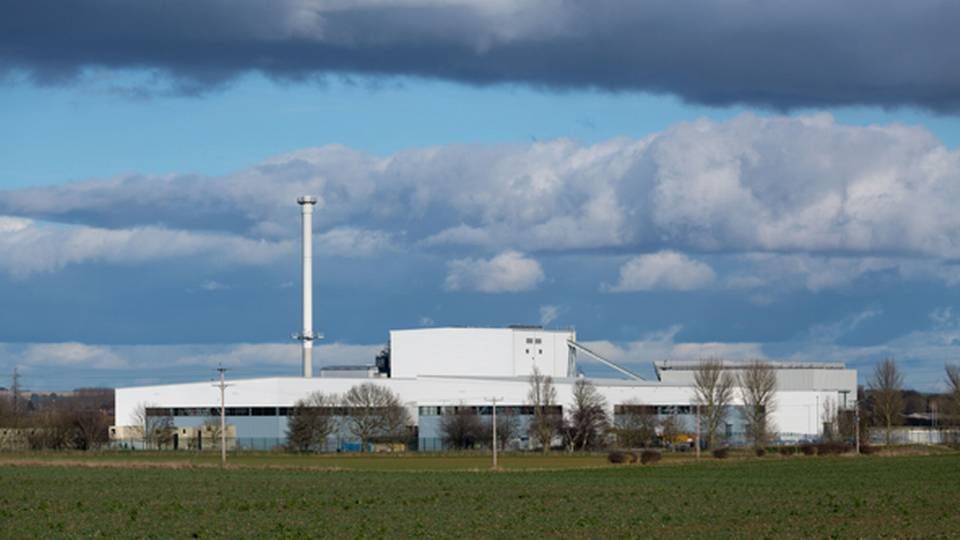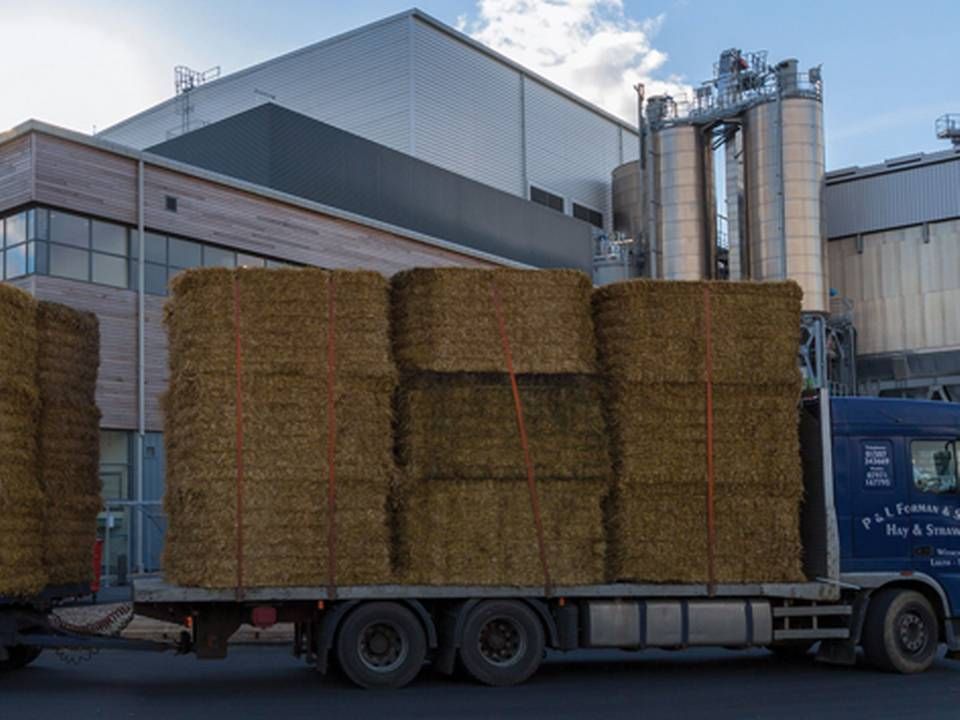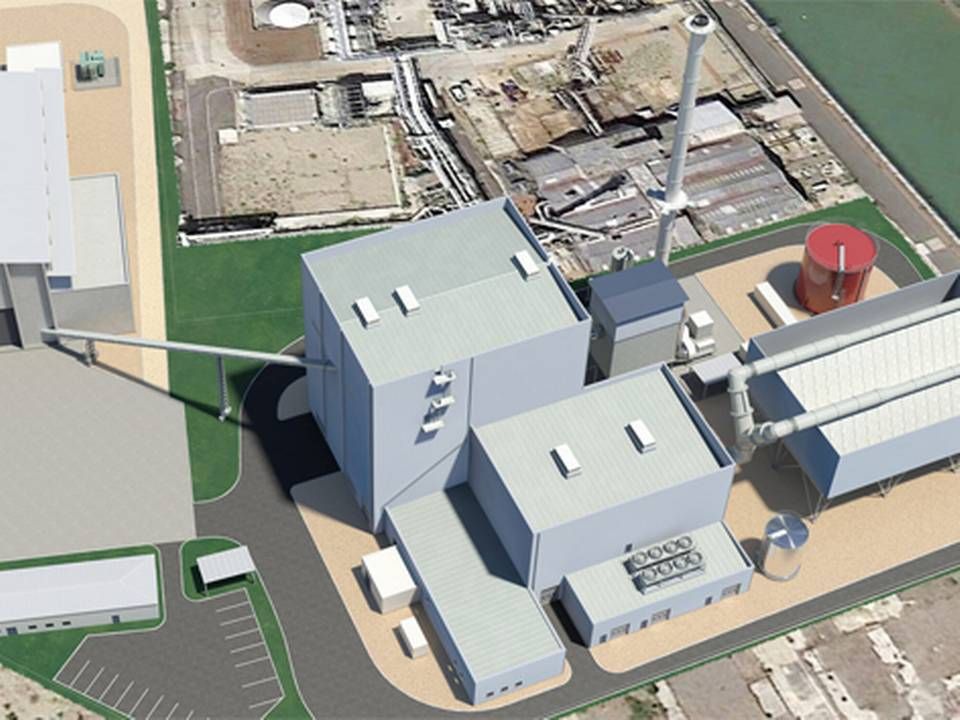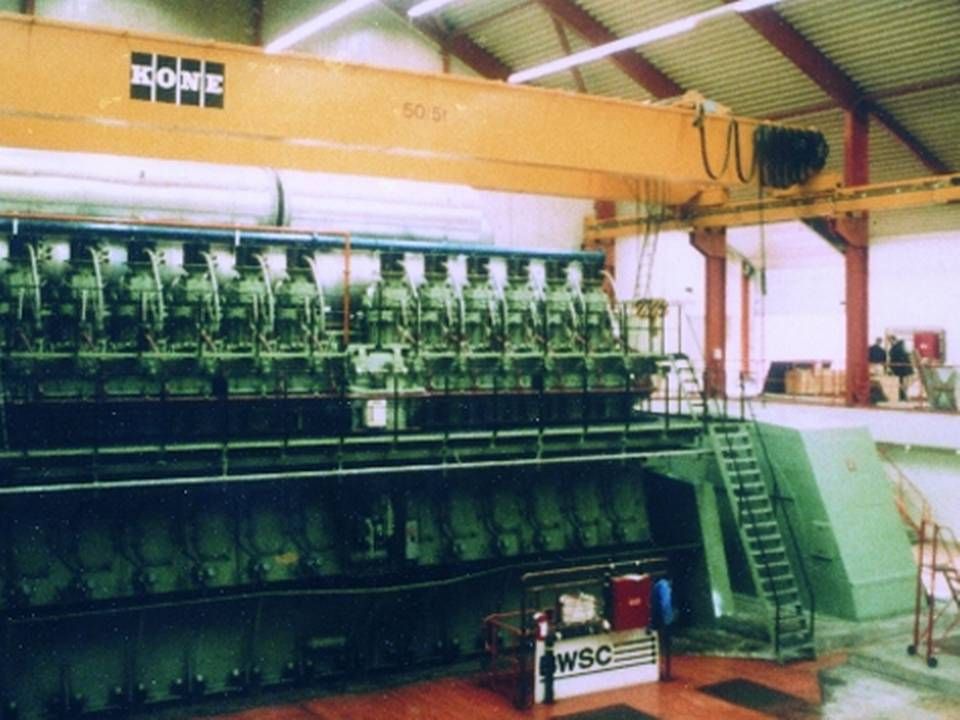Power plant producer BWSC wants to create huge barge business

The power plants of the future will increasingly be found on barges, according to Danish power plant producer BWSC. In accordance with its new strategy, Route 21, the company will place huge bets on the area over the coming years. The so-called "power barges" could make up a third of the business within just five years, says the company, which booked revenue of almost DKK 3 billion (EUR 397 million) last year.
"We hope to sell the first barge this year, and based on the interest that we're experiencing, this is highly likely," says BWSC CEO, Anders Heine Jensen.
"We previously made power barges as well so we know the technology. But we can see increasing demand in the market, so we will target this. And we're pretty sure that we'll sell many of these types of plants."
The concept of floating power plants has been around since before World War II. Turkish major player in the area, Karadeniz, has purchased aging vessels from both Maersk and more recently the service carrier A2Sea to use as reconstructed power plants.
But BWSC will exclusively focus on building power plants on barges instead of on vessels. Last year, the power plant developer entered a partnership with US company Power Barge Corp. concerning design, production, and marketing of the modular power plants, which to begin with will be built with capacities of 60-180 MW. Heine Jensen eyes a strategic advantage ahead of companies such as Karadeniz.
"With the barges, we are targeting a different segment which we find more flexible. Meanwhile, we also want to make it more environmentally friendly than we think that Karadeniz does, for example with the cooling water either being ventilated by or directly exported as heat, instead of being cooled straight into the port. So we're targeting the high end area a little more than what Karadeniz has delivered so far," he says.
"This will give us a competitive edge especially in the OECD countries."
BWSC does not plan to sell electricity barges only to African countries with supply problems. With increasingly fluctuating energy in Western energy systems, the need will also grow here, according to the CEO, who plans to offer solutions in these cases especially driven by liquefied natural gas, which emits much less pollution than diesel oil.
"This is a solution for the whole world. OECD countries as well as others. Because this is a technology that you need everywhere, both as backup power and transitional solutions for developing nations, but also as a balancing power in countries with more renewable energy. So there is demand in all categories of the market," says Heine Jensen.
"It's relatively simple to do and instead of having a power plant there in 40-50 years, you can remove it in five when the demand has been covered and then sell the barge."
Conceptually, the market must be tackled in three ways. Partly, there needs to be an option to just traditionally build and sell power barges to customers. Additionally, the producer is focusing on the same model which is used for operations on many of the British biomass power plants in recent years where BWSC is an investor itself and the customer can bid on electricity sales agreements. Finally, a pure leasing model will be offered.
"This would typically be to countries where there is a sudden need for electricity after a natural disaster for example. The leasing market is currently characterized by poorly utilized capacity and bad plants, so we really think this is a place where we can make a difference with more environmentally friendly facilities than the current emergency generators," says the CEO.
English Edit: Gretchen Deverell Pedersen
"It's a very risky business and the reward isn't that great"
Danish firms accused of underpaying workers
Related articles
"It's a very risky business and the reward isn't that great"
For subscribers
Danish firms accused of underpaying workers
For subscribers
Danish power plant developer lands large order
For subscribers






















.jpg&w=384&q=75)


